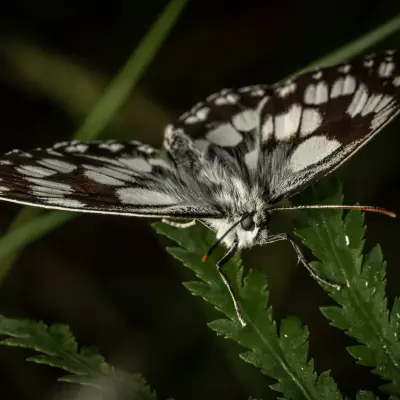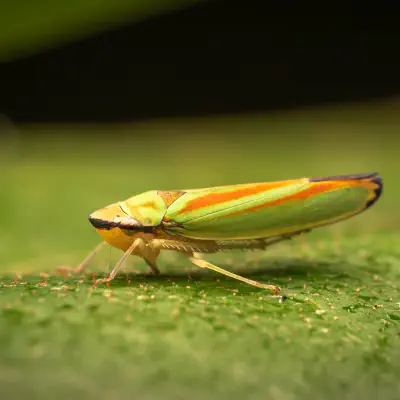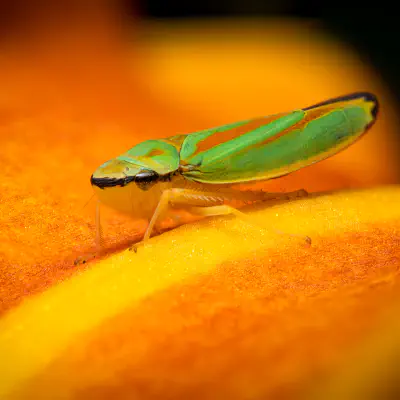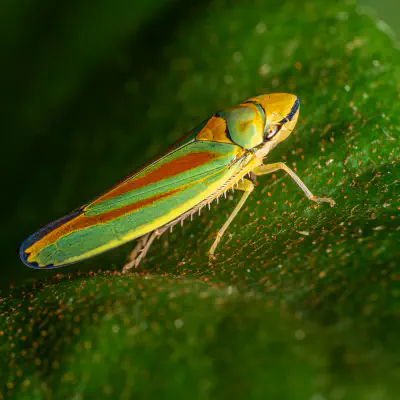They are small as 8–10 mm and have 4 orange stripes down their elytra. Their metamorphosis are incomplete, and those creatures are diurnal. Forewing colors are ranged from red to blue. Males are 7.4-8.8 mm long, and females are 8.2–9 mm long. They belong to the group "True bugs", very closely related to aphids and psyllids
Rhododendron Leafhopper (lat. Graphocephala fennahi)

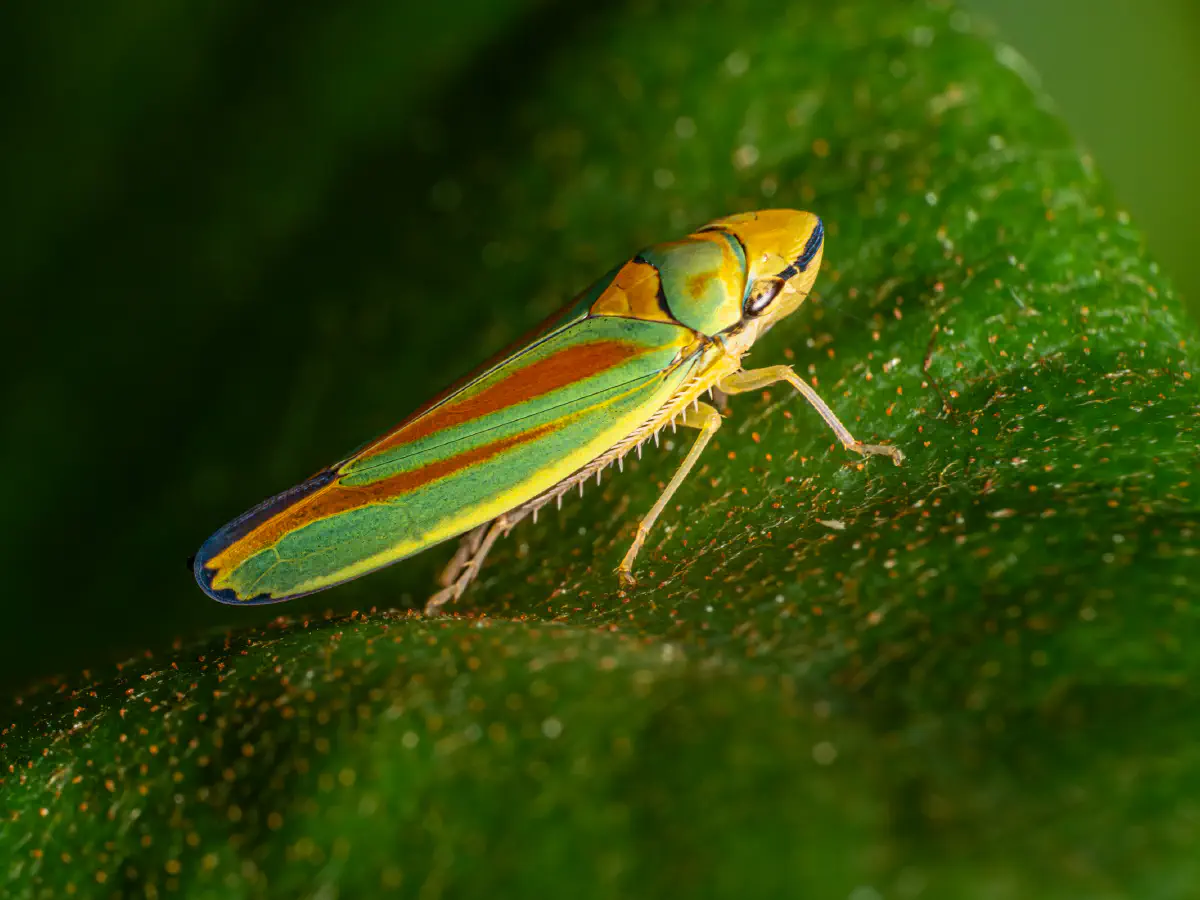
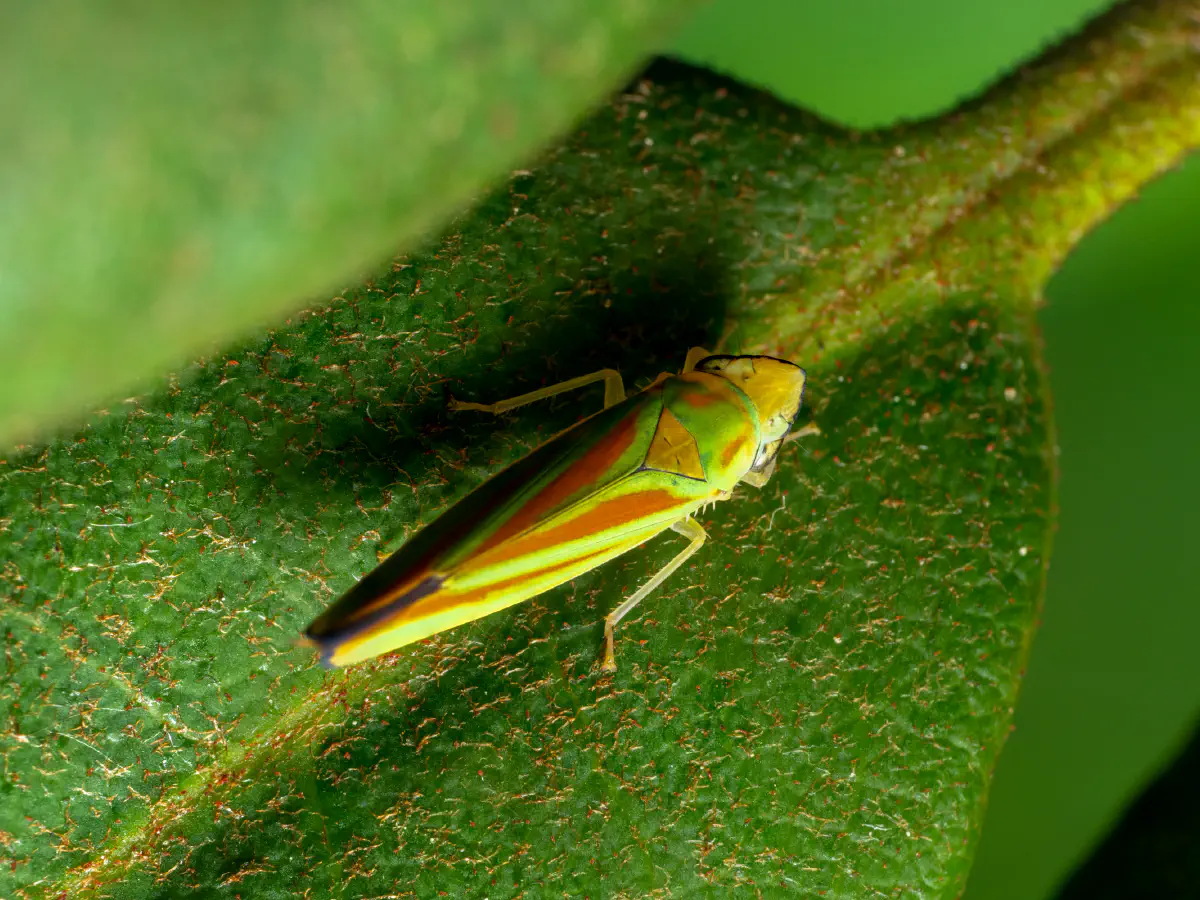
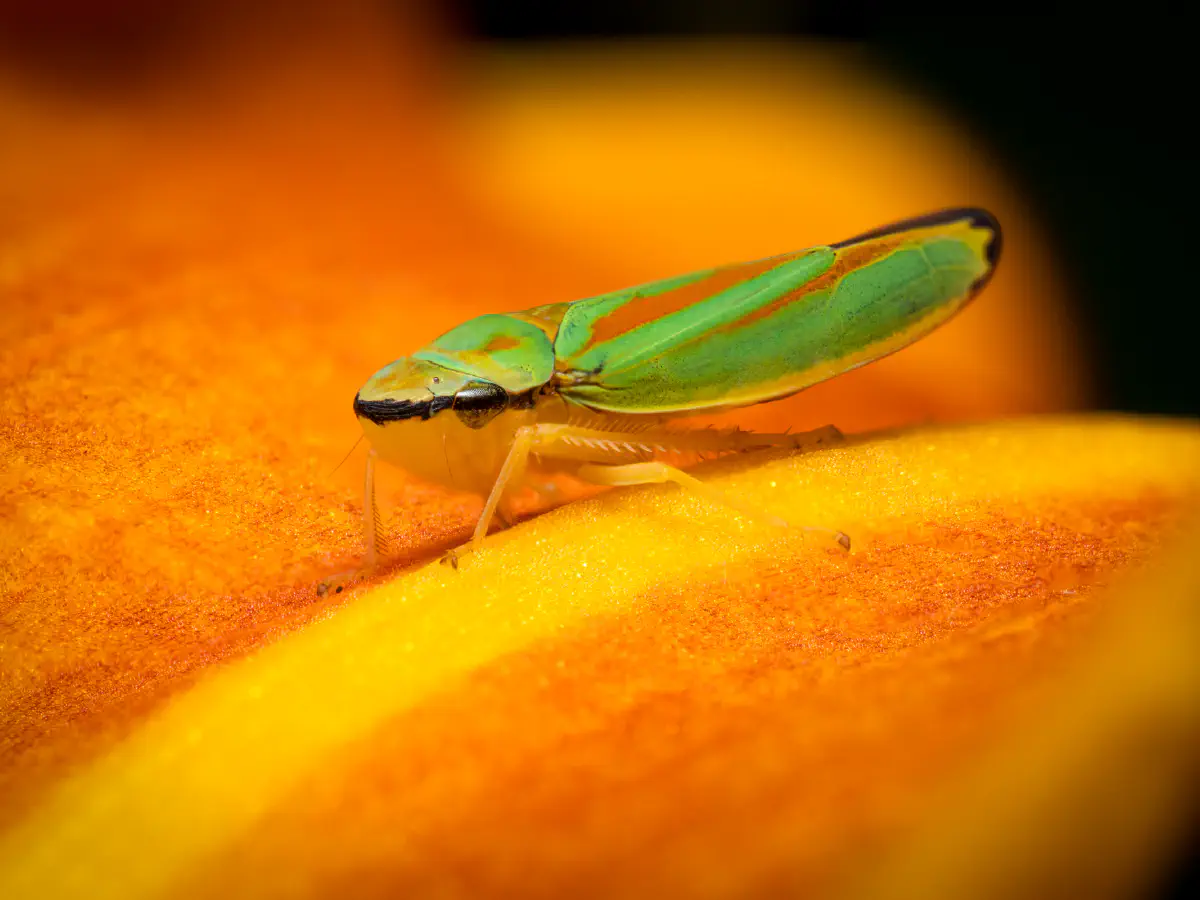
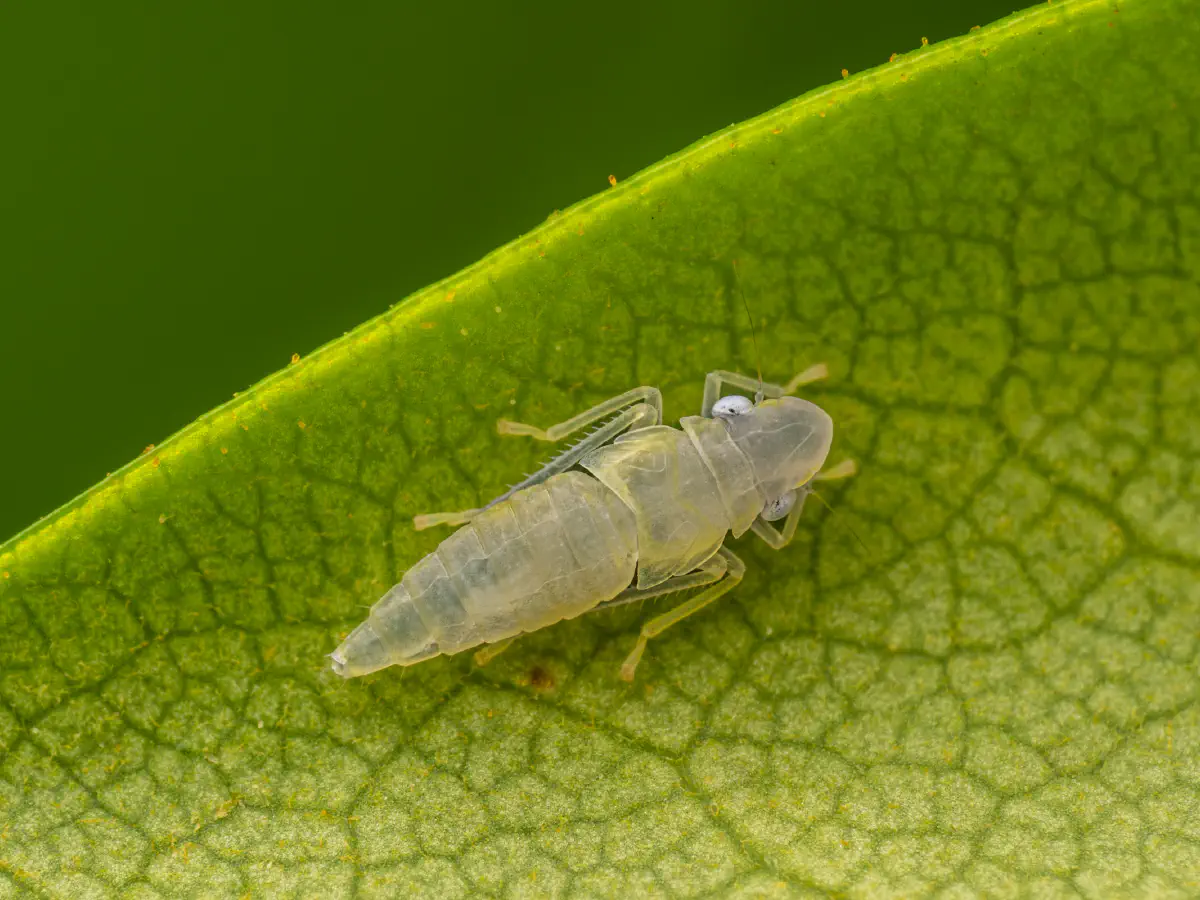
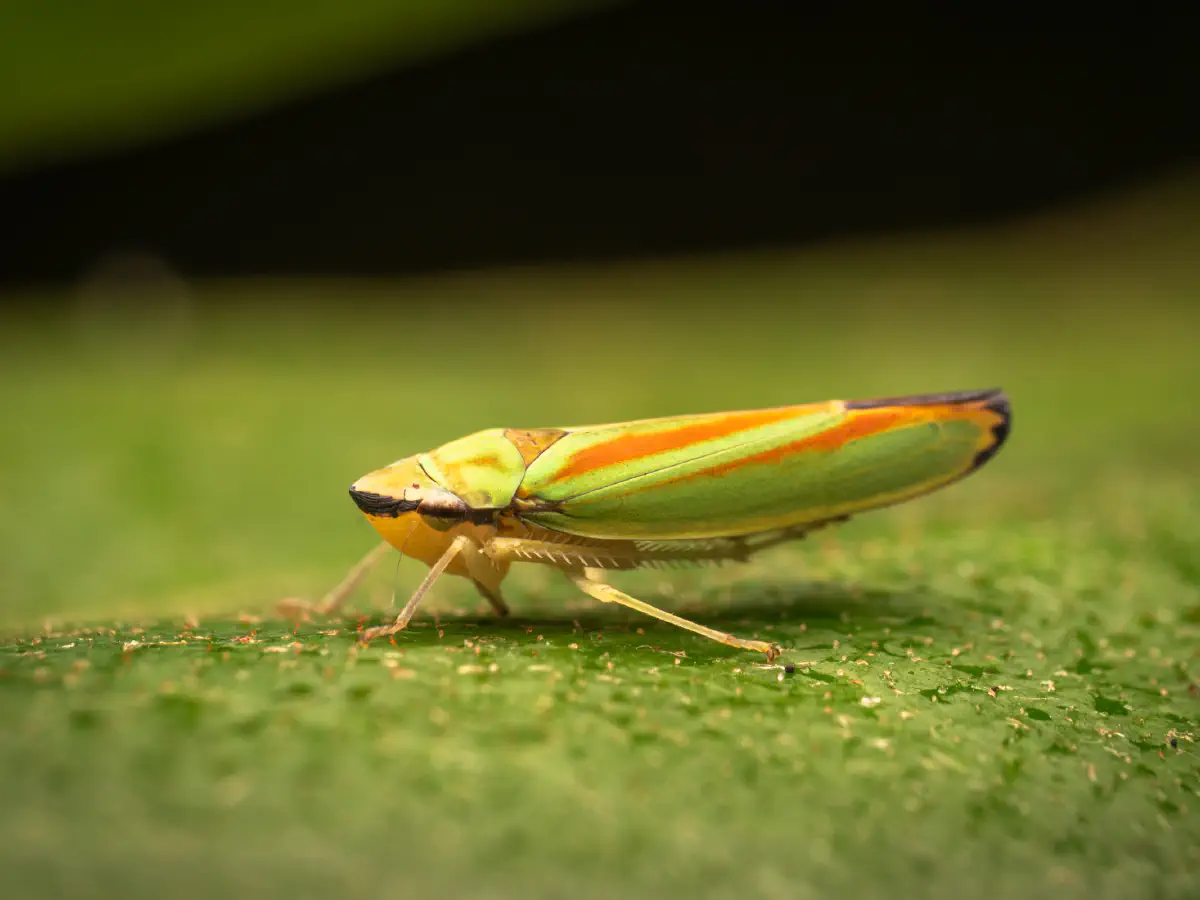
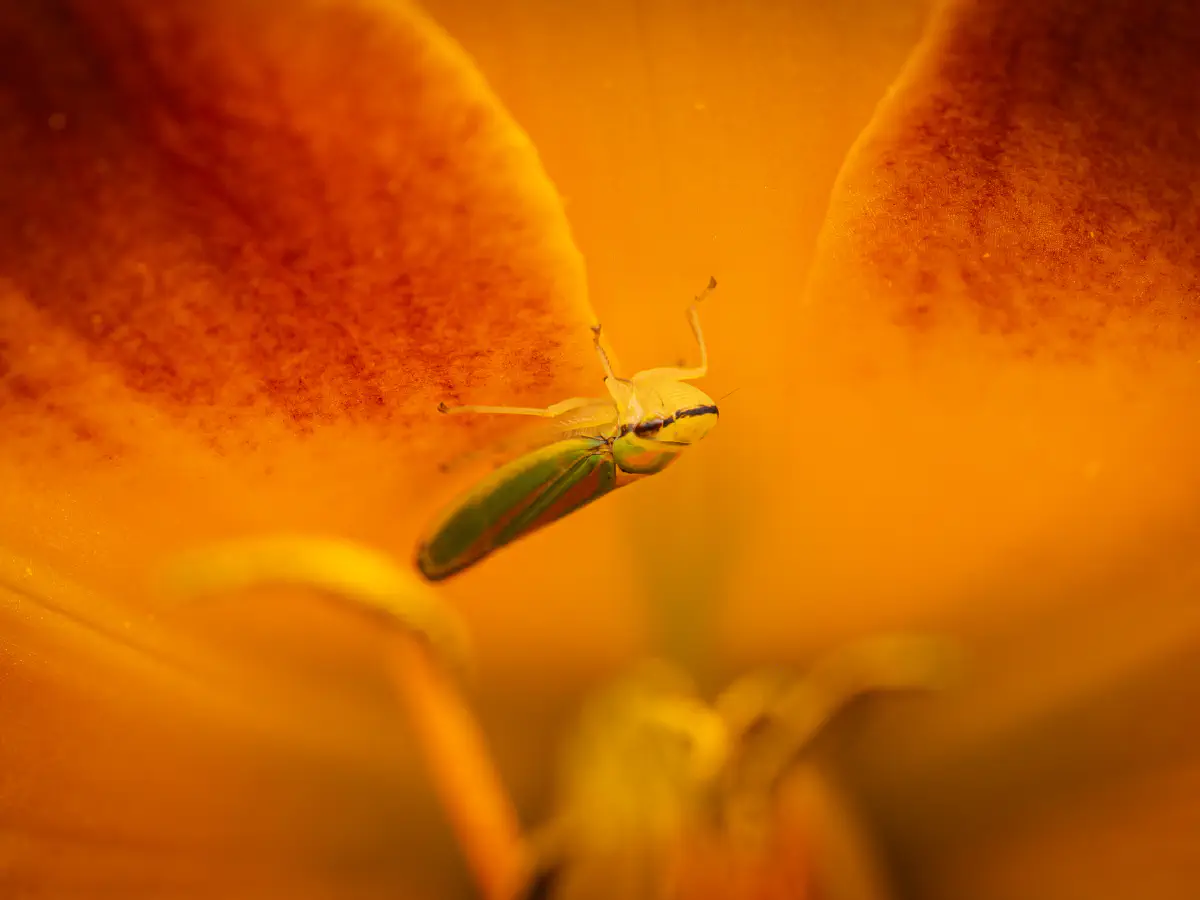
This is not intended to be a dry lexicon. Personal stories and sensitive articles form the framework for our pictures: „We received a letter from a reader“
An angry butterfly has written to us. It's about a lack of respect for small beings and the failure to preserve nature and our planet.
